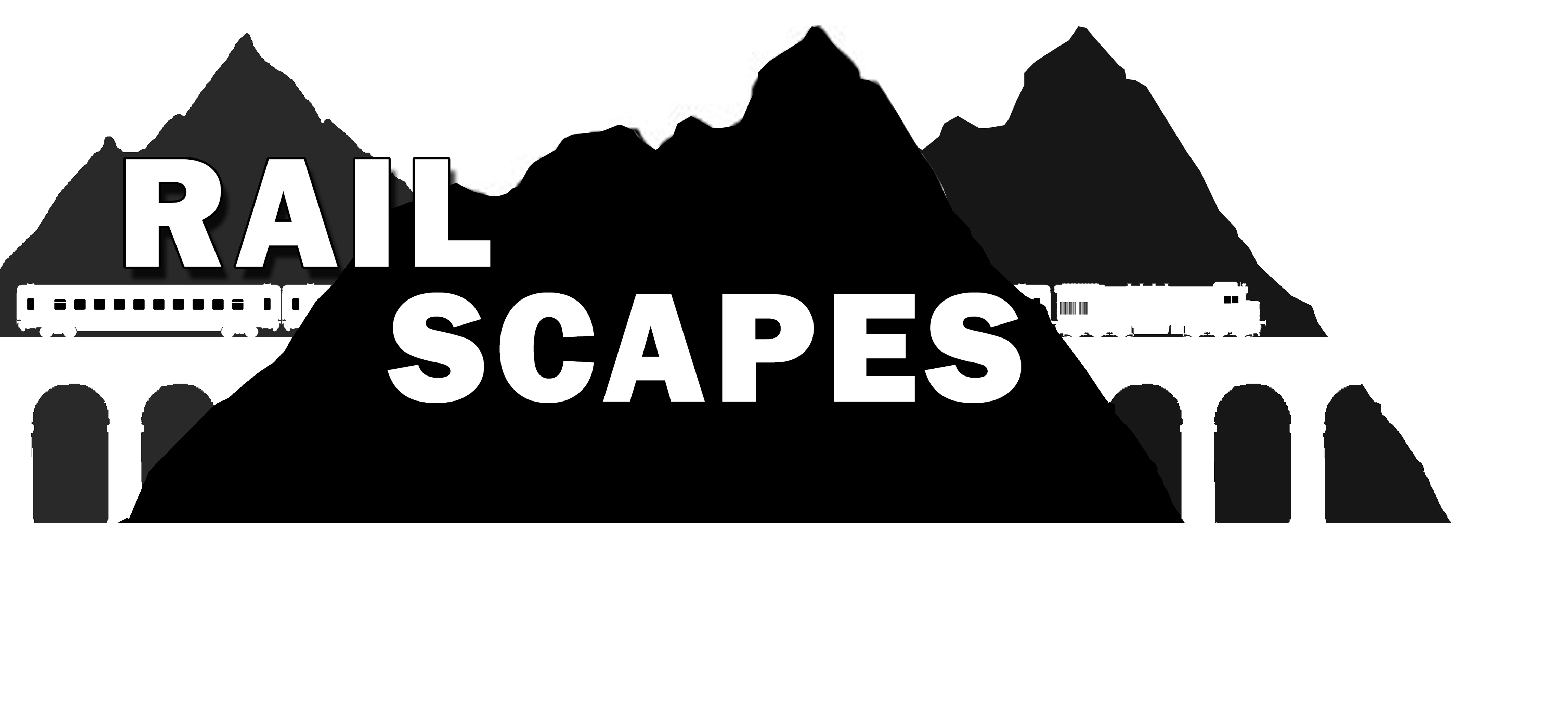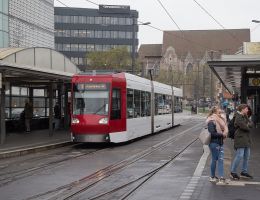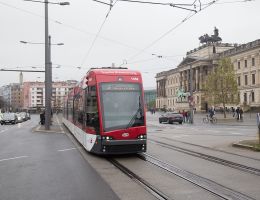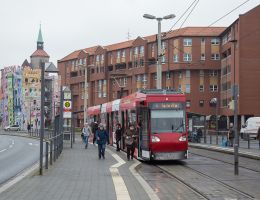Background: The Braunschweig Streetcar network:
 Braunschweig is a city of around 250,000 people in Lower Saxony, Germany that dates back to the 9th century. The cities streetcar network was inaugurated in 1879 and has grown to over 50 kms. The cities network is unique in that it uses a 1100 mm track gauge which is the only surviving use of the gauge in Europe, a part of Rio De Janerio’s network also uses it. The network is operated by Braunschweiger Verkehrs-AG, the public transportation company of the city and operates 5 lines with route #1 being the longest. Following WW2 the network saw a significant reduction as cities in West Germany began to close tram lines in mass in favor of private automobiles, however Braunschweig bucked the trend when they realized that removing the tram lines had made traffic worse and began actively constructing new lines as the city expanded. As such much of the network consists of light rail style lines with the tracks placed in a median in the center of the road. Line #3 which is the subject for much of this piece was built in 1960 to connect the new suburb of Weststadt (west city).
Braunschweig is a city of around 250,000 people in Lower Saxony, Germany that dates back to the 9th century. The cities streetcar network was inaugurated in 1879 and has grown to over 50 kms. The cities network is unique in that it uses a 1100 mm track gauge which is the only surviving use of the gauge in Europe, a part of Rio De Janerio’s network also uses it. The network is operated by Braunschweiger Verkehrs-AG, the public transportation company of the city and operates 5 lines with route #1 being the longest. Following WW2 the network saw a significant reduction as cities in West Germany began to close tram lines in mass in favor of private automobiles, however Braunschweig bucked the trend when they realized that removing the tram lines had made traffic worse and began actively constructing new lines as the city expanded. As such much of the network consists of light rail style lines with the tracks placed in a median in the center of the road. Line #3 which is the subject for much of this piece was built in 1960 to connect the new suburb of Weststadt (west city).
A map to the left illustrates the cities network, map from Urbanrail highlighted showing my journey.
The last Duewags of Braunschweig
The morning of Nov 1st dawned cloudy and grey in Hannover, it was Wednsday, the Reformation Day public holiday was over and my host Thomas Kalbisch had to go back to work leaving me to make my way back to Hamburg. He had a few suggestions, one being to take local trains back to Hamburg stopping in Braunschweig to shoot the extensive streetcar network which was rumored to have atleast a few older Duewag GT6 cars in service. The Duewag GT6s were manufactured in vast quantities in West Germany in the 1970’s through the 1990s and we once a common fixture in many cities throughout Germany. The cars were based in part on the American PCC design so should look very familiar to many US streetcar enthusiasts. During my visits to Innsbruck, Austria as a teenager these cars were a fixture of the city and this is where my interest in streetcars was formed. Unfortunately Innsbruck like many other cities replaced their Duewags with modern low floor cars and many Duewags have found their way to Eastern Europe where they remain in service. In the west however it is a challenge to find these cars in regular service with only a handful of cities still rostering them and generally only using them for peak service.
Arriving in Braunschweig I was greeted by the modern low floor cars under a space age looking bus and tram stop, not quite what I was looking for but interesting none the less.
I had a quick look at the tram map and it seemed between the Schloss and Rathaus stop in the center of town would be where I would have the most action and thereby most chance of finding a Duewag car. Arriving there it was indeed busy but with low floor car after lowfloor, though interestingly enough some were pulling the old Duewag trailer cars (biewagons).
 I was starting to think my search was hopeless when in the distance behind two low floor cars appeared a Duewag! The photo location I had chosen at the Rathause stop was quite fitting, an obsolete streetcar besides the Volksbank still proudly displaying large versions of the old Deutschemarks which have been long replaced by the Euro.
I was starting to think my search was hopeless when in the distance behind two low floor cars appeared a Duewag! The photo location I had chosen at the Rathause stop was quite fitting, an obsolete streetcar besides the Volksbank still proudly displaying large versions of the old Deutschemarks which have been long replaced by the Euro.
I decided that since I had found one I better stick with it so hopped aboard for a ride aboard the old car which brought back plenty of memories. The car was on line 3 which extended out to Weststadt, which as the name implies is a western suburb located 4.5 KM out of the city. At the end of the line the tram stopped to let everyone off and then went around the turning loop and picked me and one other passenger up for the trip into the city. The driver had noticed me taking photos and we began talking about the old cars in a mix of broken German and broken English. He was a 26 veteran of the Braunschweig system and was sad to see the old cars go, the new ones were too electronic in his words, from what I could interpret this was one of only 3 Duewags still in service out of the 26 purchased. I decided now to ride to the other end of the line to maybe get some more photos, I thought I could still get my planned train and if not the next one was not too far behind.



The other end of the line was less suitable for photography so seeing another low floor tram ahead I decided to hop aboard it and take it to a better photo location knowing the Duewag would be 10 minutes behind.


I decided the location with the old central post office (Oberpostdirektion) in the background would be the best place to photograph the Duewag so got off here and waited hoping no traffic would block my planned shot.



With the main objective a success I booked it for the train station on the #4 tram getting there with a few minutes to spare and then it was back to Hamburg via another HEX Talent railcar and later a Metronom Bilevel. With only 3 cars still in service I was incredibly fortunate to get one running, a fine use of a cloudy day in my book!






